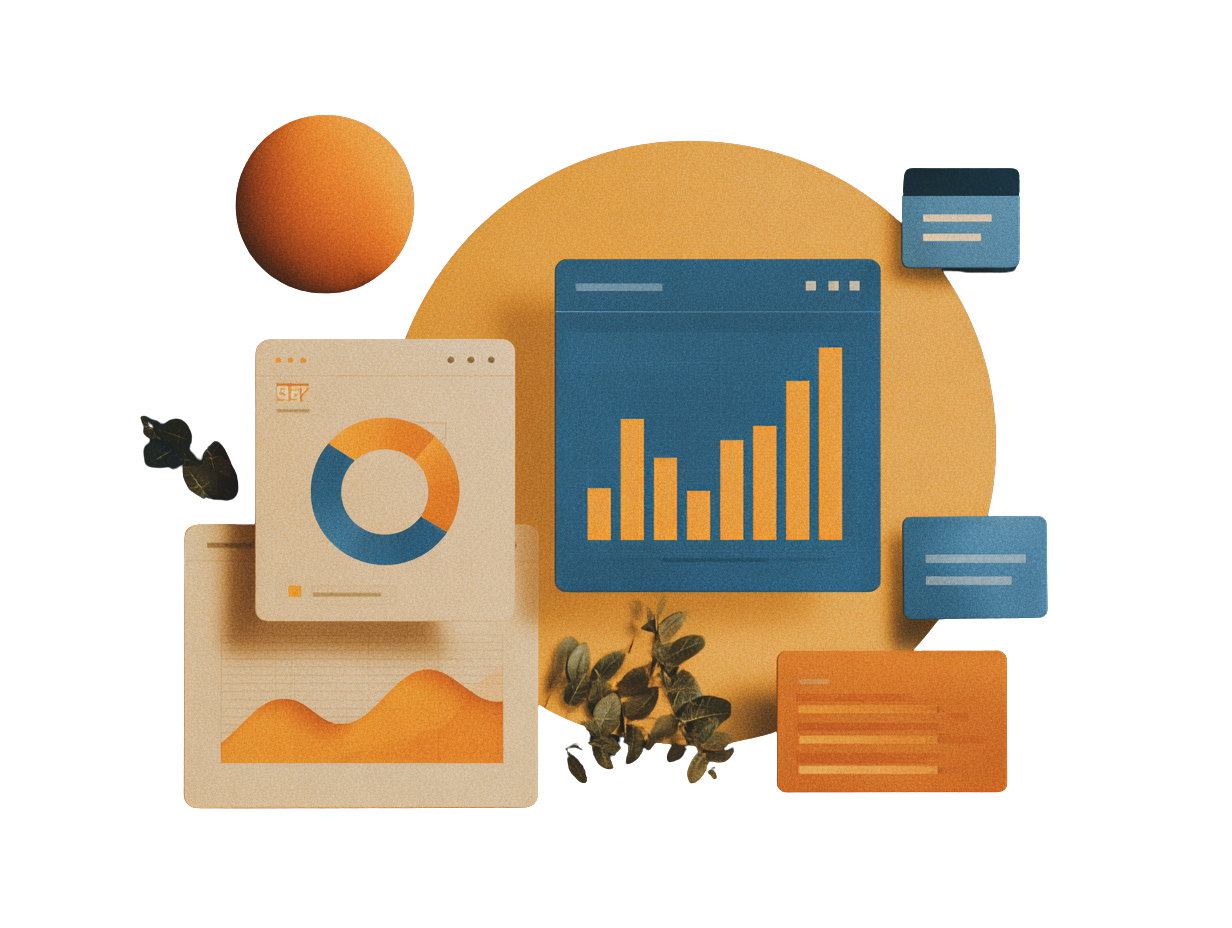Web
Design
Websites that turn clicks into customers and drive business growth.
.png)


Websites that deliver results
In today's digital world, your website is the foundation of your reputation and a critical component of your sales funnel. We deliver custom web solutions tailored specifically to your business, creating websites that deliver clear, measurable results.
From bespoke platforms to efficient e-commerce sites, we ensure every aspect of your web presence strengthens your brand's reputation and drives meaningful growth.
Our development process transforms your vision into a functioning digital reality. We specialise in creating responsive, cost-effective, user-friendly websites that align perfectly with your brand identity and achieve your business goals.
Ongoing maintenance is crucial for your online success and peace of mind. If your website was hacked, or you needed an urgent website update, who would you call? Our comprehensive maintenance services ensure your site remains secure, fast, updated, and fully functional, always.
Reliable hosting forms the backbone of your website's performance and security. Our hosting solutions provide lightning-fast load times, exceptional uptime, and robust security measures to protect your digital assets.
Services
Our comprehensive Web services are designed to elevate your online presence and drive sustainable growth.
This process creates custom websites aligned with brand identities and business goals. Development includes front-end visual elements and back-end functionality, prioritising mobile responsiveness, accessibility, performance, and search visibility to deliver scalable solutions with intuitive user experiences.
Website maintenance ensures digital platforms remain secure, functional, and current. This service includes security monitoring, updates, bug fixes, and performance optimisation. Regular content updates, backup management, and technical troubleshooting prevent issues before they impact operations.
Website hosting provides server infrastructure determining speed, reliability, and security. Quality hosting delivers fast load times, exceptional uptime, and robust protection. Website migrations safely transfer digital assets between hosting environments without disrupting operations.
Frequently Asked Questions
Keyword research is crucial because it helps us understand what terms your target audience is searching for. By optimizing your content around these keywords, we can improve your website’s visibility on search engines, attract relevant traffic, and ultimately drive more leads or sales.
While keyword research is just the first step, the results of optimizing your site with these keywords can take several months to become noticeable. SEO is a long-term strategy, and it can take time for search engines to recognize your efforts and improve your rankings.
While keyword research is essential for SEO, it’s just one part of the equation. Achieving top rankings involves optimising your website’s content, improving user experience or earning baclinks. We focus on comprehensive SEO strategies to improve your chances of ranking higher
We analyze various factors, such as search volume, competition level, and keyword intent. By focusing on a mix of high-traffic keywords with manageable competition and ensuring they align with your business goals, we select the keywords that will help you reach the right audience.
Yes, we can always adjust your website’s keywords over time as your business evolves, or as we monitor performance. SEO is a dynamic process, so keyword optimization is an ongoing effort to keep your site ranking well and attracting the right visitors.







